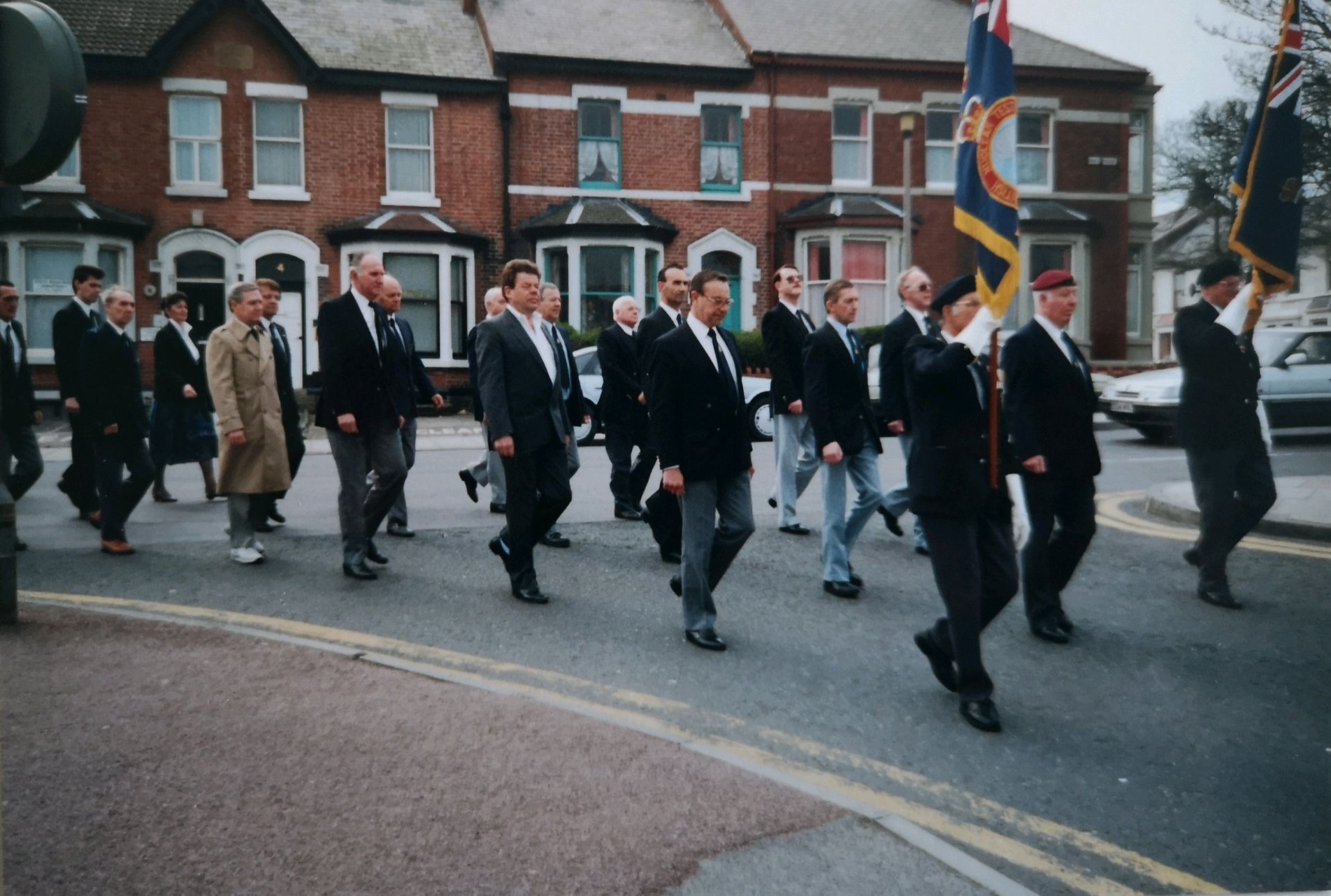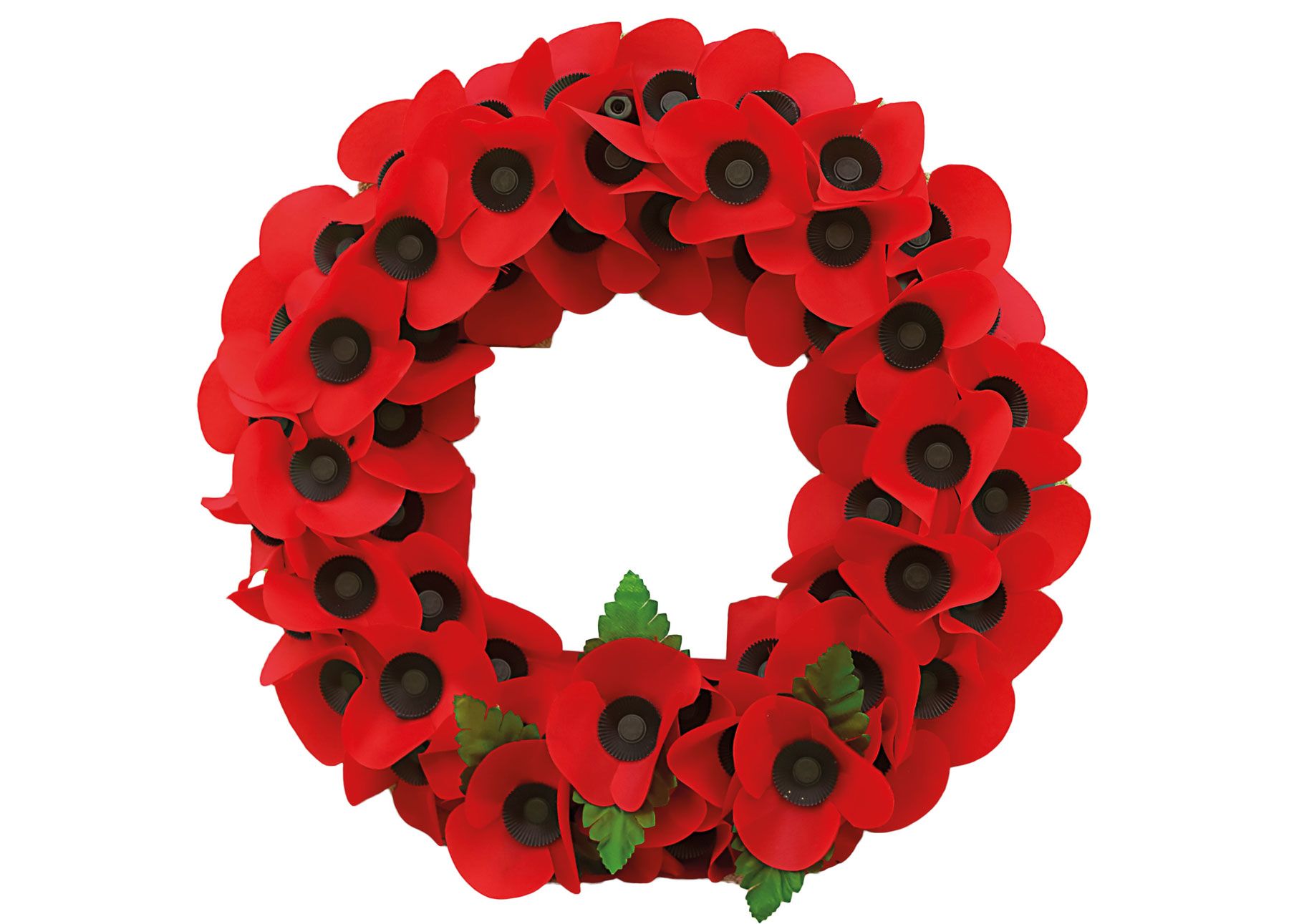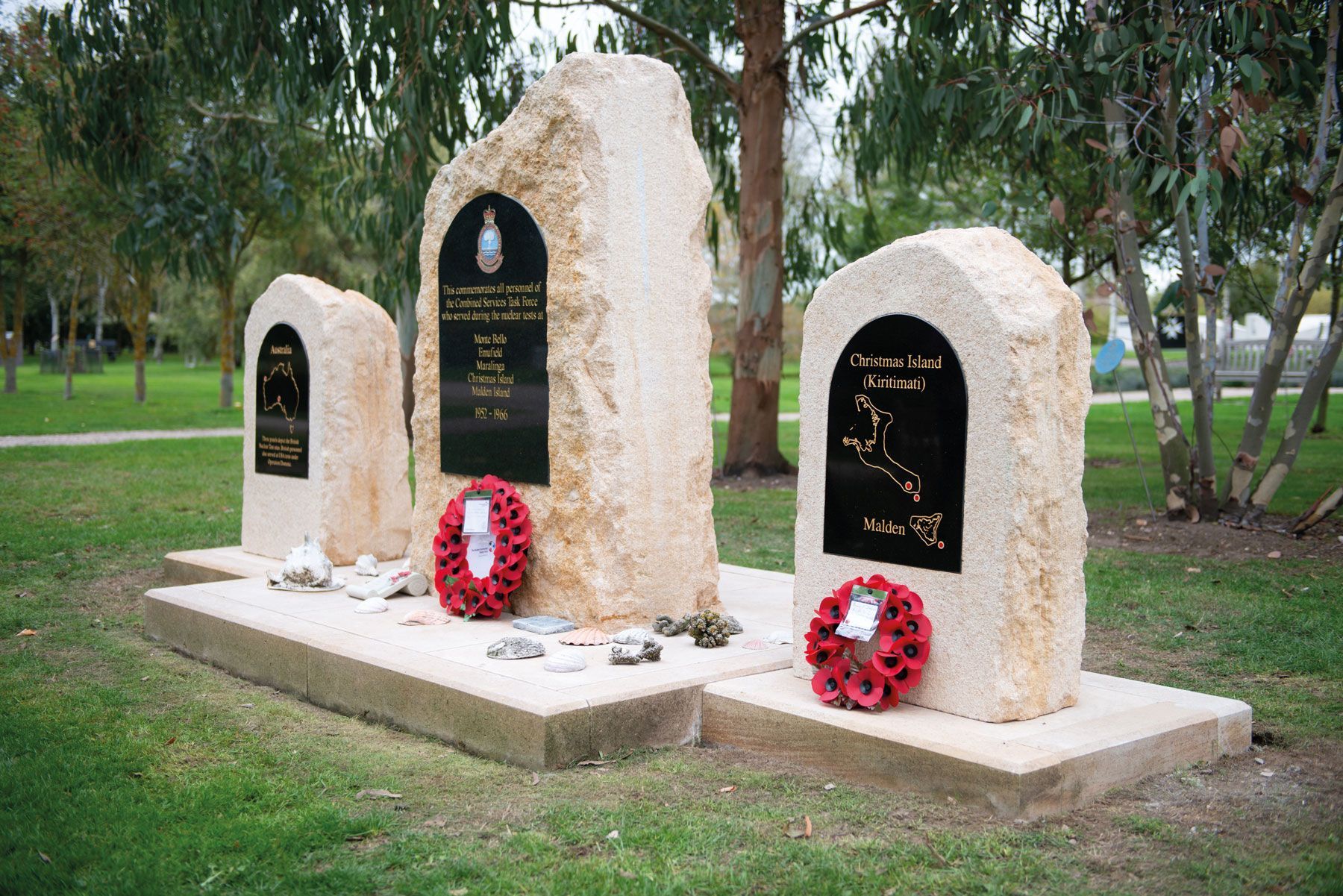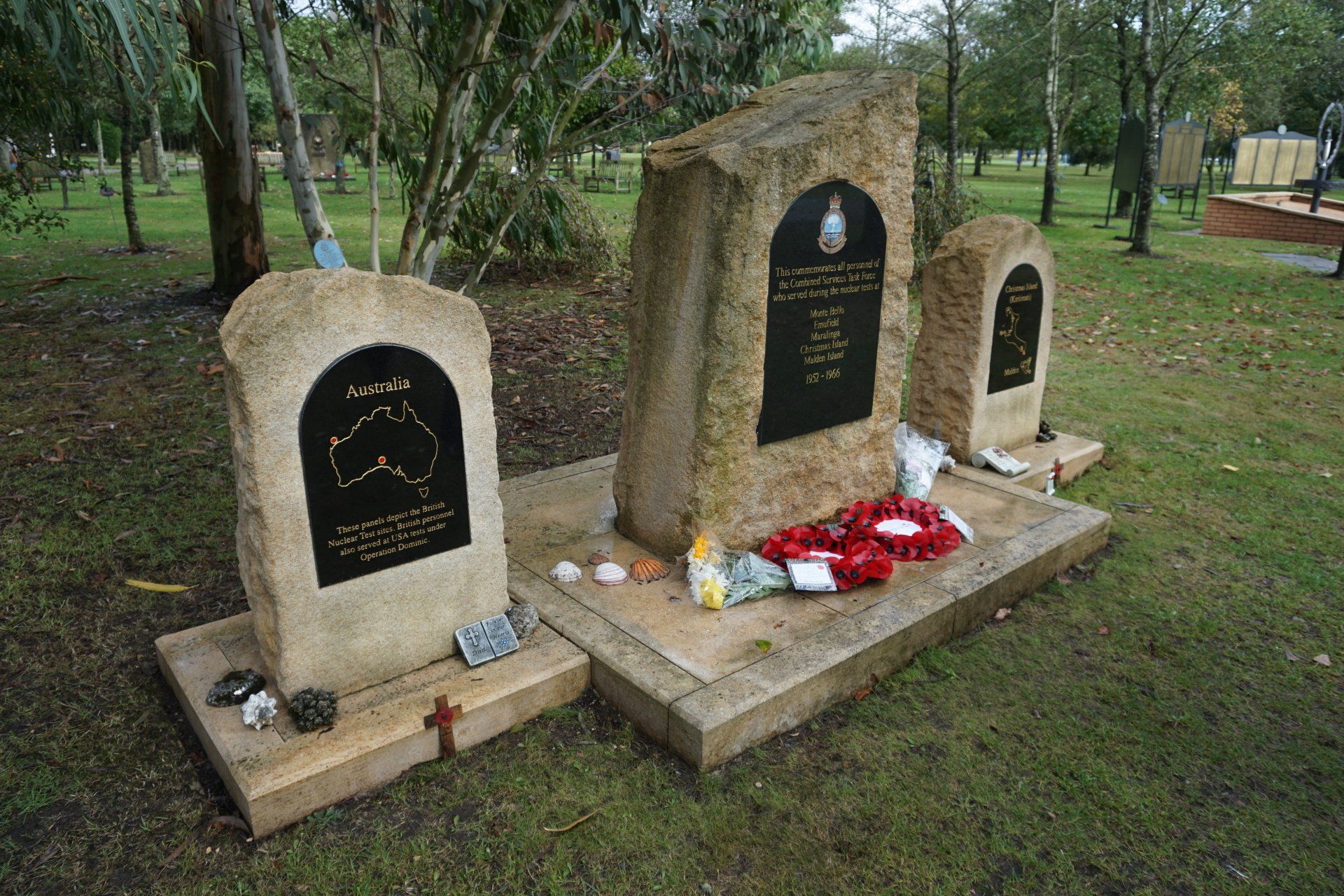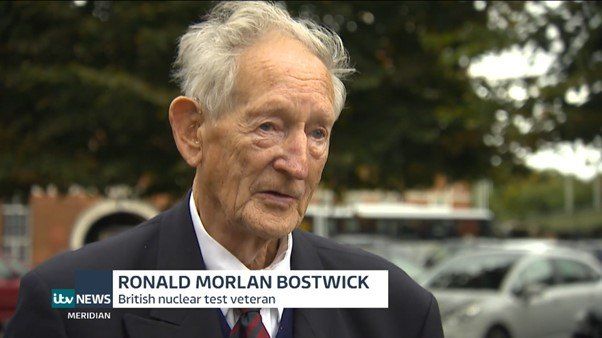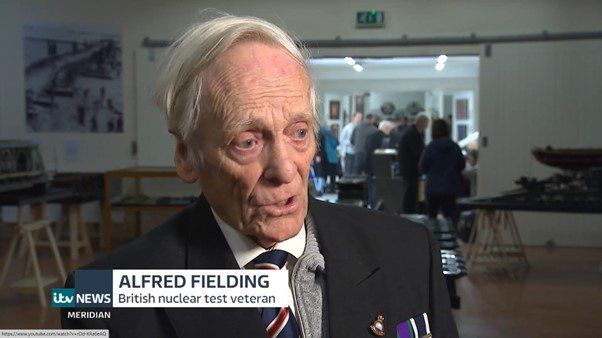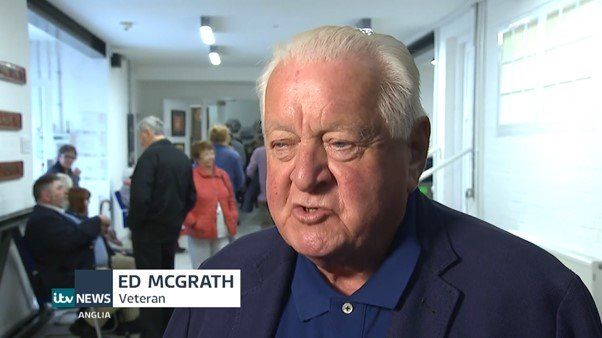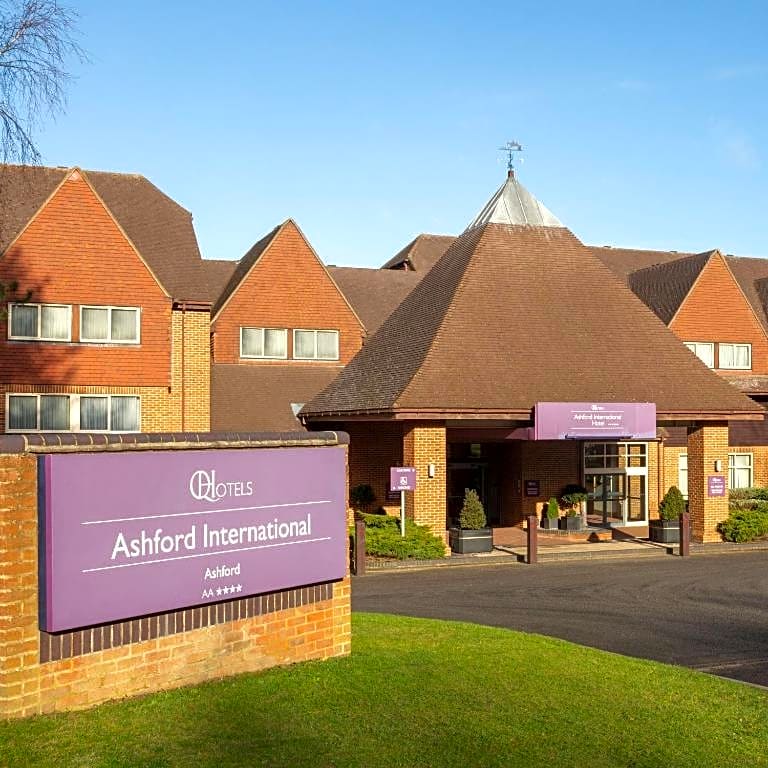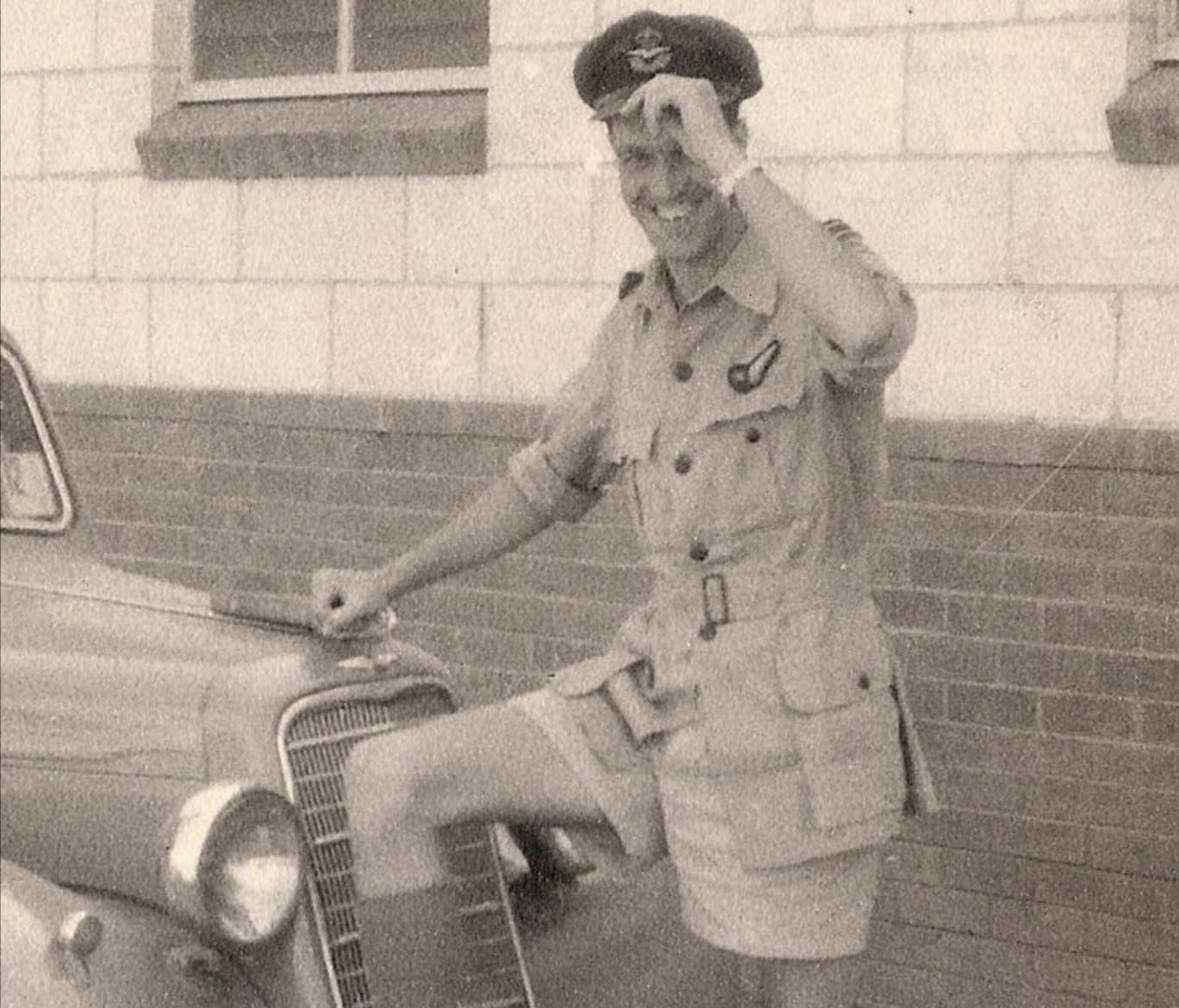
Caelum Tuemur – We watch over the sky
A visit to the RAF Air Defence Radar Museum, Birds Lane, Neatishead, Norwich NR12 8YB
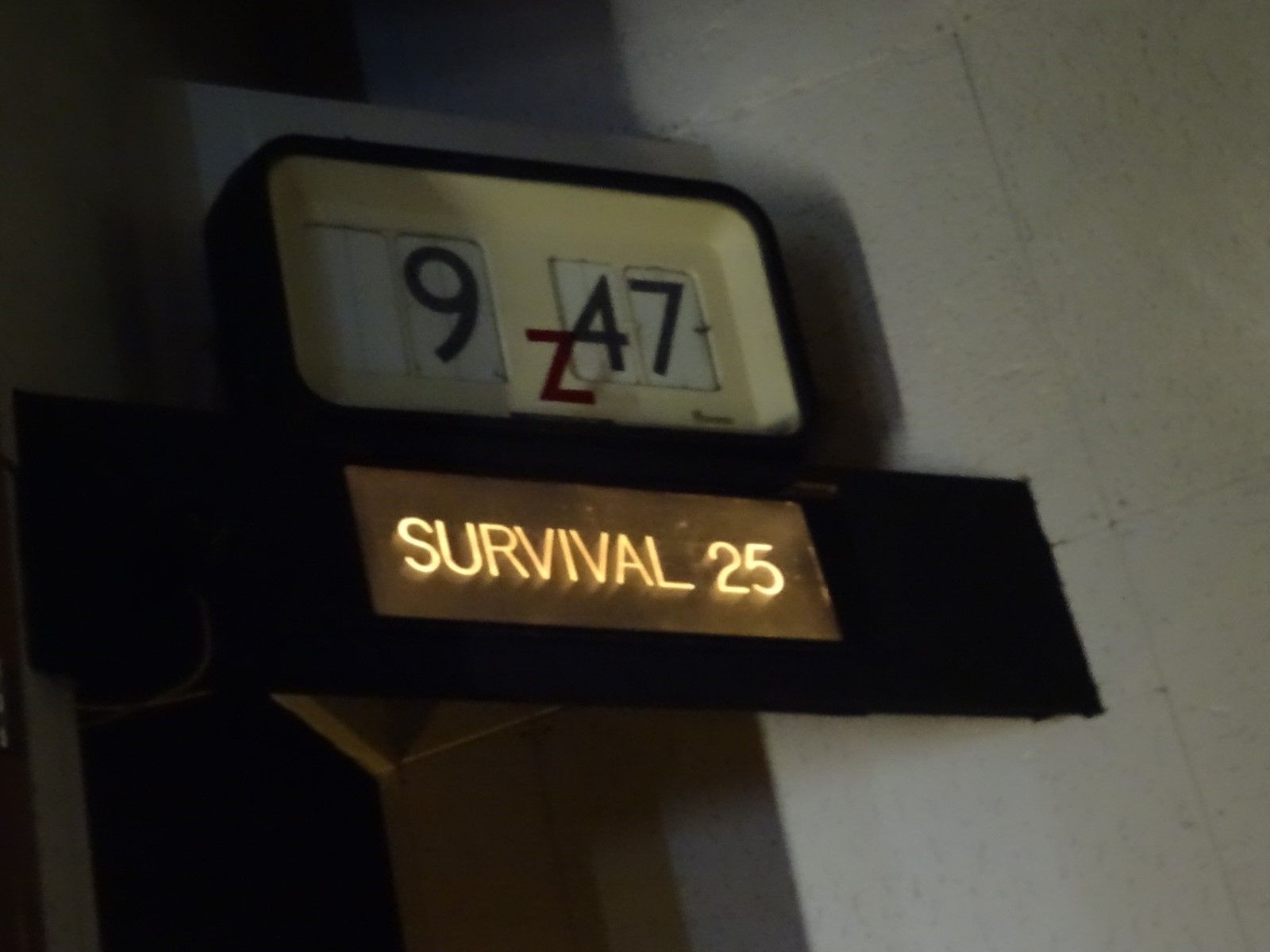
In the week of 7 June 2021, we had the pleasure of a short break in Norfolk. It was a pleasure when just getting out of the house in the last two years has been a joy in itself but particularly in one of the museums we visited whilst there!
Come with me on a trip to one of the best Cold War Museums I have had the pleasure to visit.
The above museum is well worth visiting if you are in the area and at a cost of £12, a ticket which lasts a year is, in my view, money well spent.
So then why should you go? Let me share my insight with you.
We arrived on a baking hot day the radiant blue sky illuminating the white Bloodhound missile mk2.3 outside the building. Those of you ‘in the know’ will recognise this as a missile which was widely tested on the rocket range at Woomera in Australia, temporarily Britain’s testing ground. Images of it depict a missile designed specifically to shoot down airplanes laden with nuclear warheads destined for the United Kingdom. The weapon used proximity fused warheads designed to fire a hoop of metal rods thus reducing the need for quite so much accuracy and worked from 150 to 65,000 feet. It accelerated from its launcher at 400 miles per hour within 25 seconds reached a speed of 720 miles per hour eventually to roughly 1800 mph. They were originally sited near the airfields at which the V-bombers (Vulcan, Victor and Valiant) were stationed with the aim of protecting them. The rather brilliant ex-teacher seemed to revel in giving us this information and proudly displayed his Airfix model of the missile on his table in the shade of a large tree still dwarfed by the size of the majestic shimmering white missile. A knowledgeable chap who totally knew his subject.
And so it continued.
There is a very good static display outside the building with examples of vehicles and various radar types including the Marconi Type-84 radar installed at Neatishead in 1963 which was designed as a part of the Linesman air defence system active until the early 1990s. This is the last freestanding structure of its kind and has been placed on the list of scheduled monuments (Cocroft 2004). There are also well-designed, informative plaques detailing the history of RAF Neatishead and the development of radar. Neatishead was the “longest continuously occupied radar station in Britain and probably the world.” (Historic England).
There is a café operated by volunteers supplying a good selection of food and drinks for every taste and a superb second-hand bookshop with a gift shop.
Whilst there are also exhibits including d-day displays and Douglas Bader ephemera along with such items as a Jaguar cockpit into which you can climb (Covid rules permitting of course) and an RAF Collingwood memorial room, the gem, the piece de resistance has to be the R30 operations room which is a Grade II listed building, an original electronic 'frontline' of the Cold War of international importance. It reflects the 'tripwire response' under the Linesman scheme to update Britain's radar defences.
According to Cocroft it is of outstanding architectural and historical interest.
The layout of the room has been preserved and retains the original Standby Local Early Warning and Control radar consoles and controller's cabins facing illuminated glass tote boards. It is divided into two sections by a glazed partition wall. On the north side are three rows of radar consoles, the rows facing and descending in height towards high- and low-level glass tote boards mounted on a partition. Behind this is the Air Movement Liaison Cell, equipped with the computerised Air Defence Notification System. Set at a high level above the steps is the RINGO alert panel which displays both Local and Zulu time and is triggered by the Ballistic Missile Early Warning system. My blood ran cold when this lit panel changed to ‘Survival 25 minutes’, the signal to scramble all aircraft to be used to retaliate against the attacker.
To the south of the glazed partition is the Master Controller and Sector Operations Centre. This is the senior executive level of the operations room and the sector operations room and is complete with original wall displays and a large quantity of original communications and computer equipment.
The volunteer who guided us around the room’s levels was in his halcyon days, the man in charge of this vital early warning system.
I would happily revisit this atmospheric room in the near future.
So, the staff were all brilliant and really knew their subjects, I have just two criticisms; they need a proper guidebook with photos - in my opinion they missed a trick there. Also, more importantly the operation rooms are sadly not accessible to those in wheelchairs although a video in a wheelchair-friendly room is. Alas I cannot comment on whether this is a sufficient replacement.
I am reasonably certain that like us, you will thoroughly enjoy this museum. We certainly spent more than the recommended three hours there very happily.
As for the bookshop and its contents, that is a story for the future with suitable book reviews!
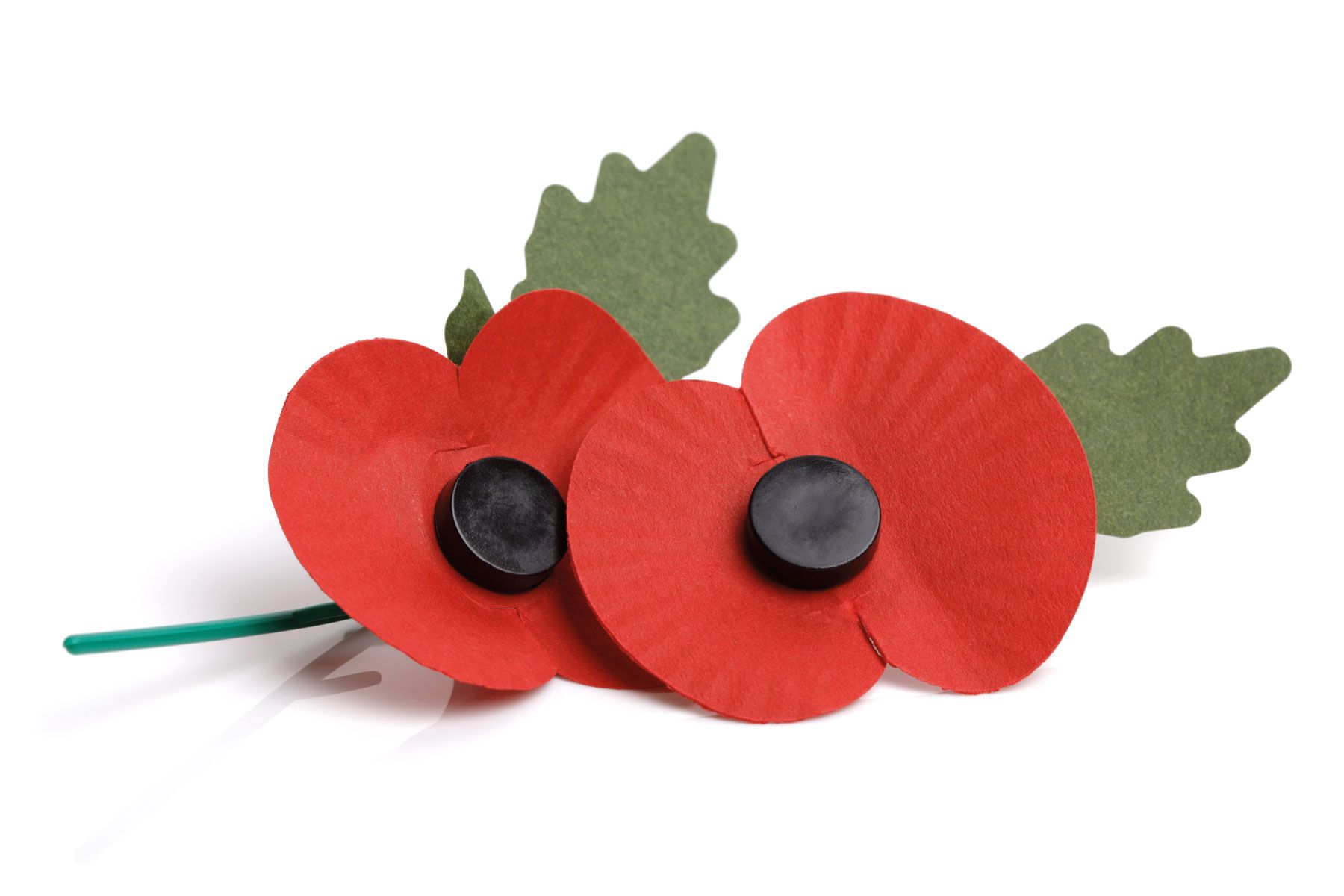
All Rights Reserved | BNTVA Museum CIC no. 15389981

